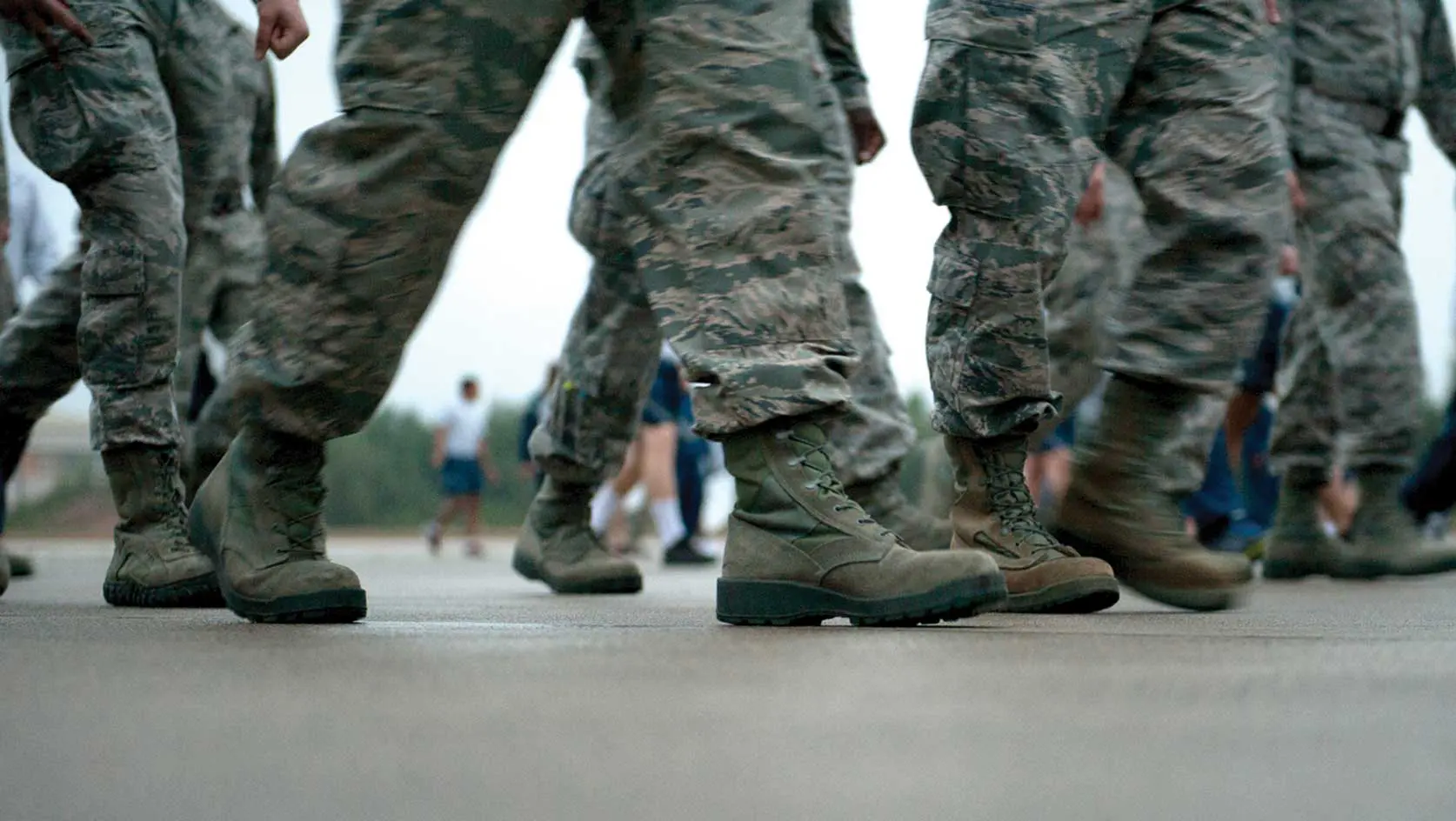Proactive Safety Begins with Addressing Safety Culture
By MAJ STEVE BOSTWICK, AMC FLIGHT SAFETY
The primary objective of Air Force safety is simple: mishap prevention. The service has implemented many tools and practices throughout the years to support this altruistic endeavor. In order for the safety apparatus to function properly, the Air Force relies heavily on the input and feedback of our Airmen executing the mission. Unfortunately, the purpose of Air Force safety is not commonly appreciated, as many personnel are unaware of the opportunities available to them in preventing future mishaps.
Not only are many Airmen unaware of the Air Force’s safety mission as a whole, those who are familiar are often hesitant to trust safety professionals’ intentions. There is apprehension that a safety investigation following a mishap would be similar to an Inspector General-led unit inspection, or perhaps that submitting a report through the Airmen Safety Action Program (ASAP) will somehow result in a career-ending punishment. When these hesitancies are shared among multiple Airmen, a breakdown occurs in the Air Force’s safety mission. This breakdown results in a culture where personnel are unwilling to present information or share experiences that may one day prevent a mishap.
To combat this seemingly tenacious problem, Airmen must learn to trust the Air Force’s safety enterprise.
As many men and women in the armed forces have learned, trust is not given; it is earned. Education is the first tier in Airmen earning this trust. Airmen must be taught early in their service career that, collectively, everyone is a safety professional. Assessing risk and applying appropriate mitigation strategies is inevitably a subconscious process that we attempt to harness through safety programs and procedures. Leaders should instill within their teams the concept that safety’s purpose is to save lives, not inflict punishment. Leaders should continue to educate their teams on the available safety tools within the inventory. It is imperative for personnel occupying active safety roles to share what they know so other Airmen can gain insight and learn from past mishaps. This obligation requires safety offices to proactively connect with their units and ensure the communication is collaborative, not siloed.
Many in the Air Force have reservations about the safety reporting procedures, which inevitably harms our readiness and capability. By focusing on mending this predisposed culture of mistrust throughout the branch, Air Force safety can focus on and accomplish its true purpose more effectively: mishap prevention.

